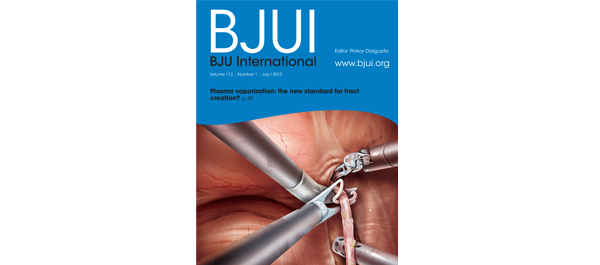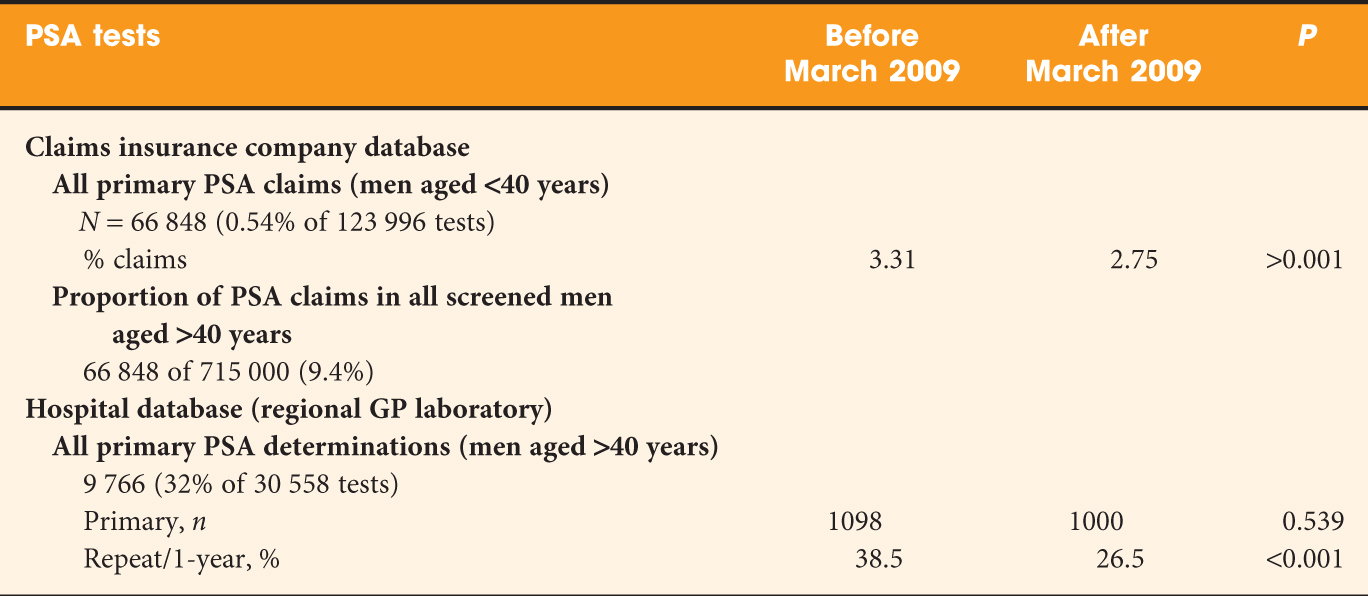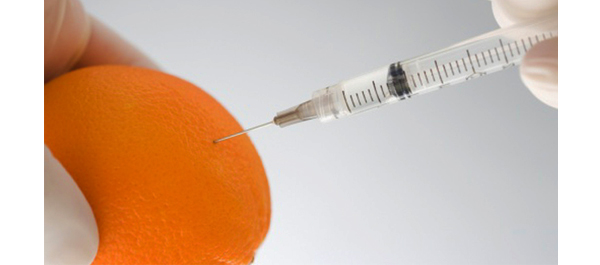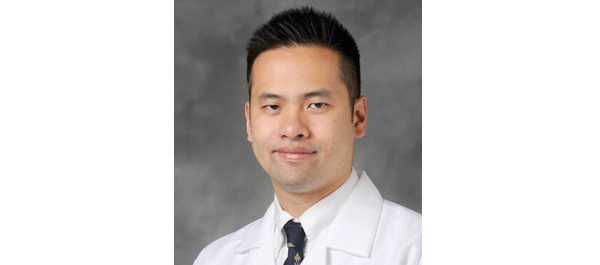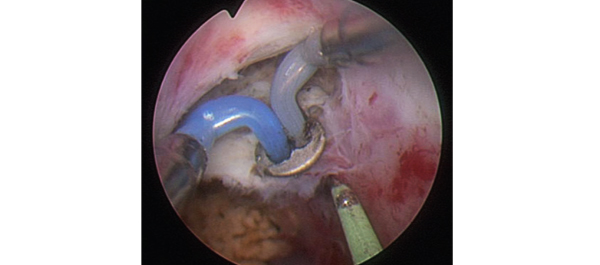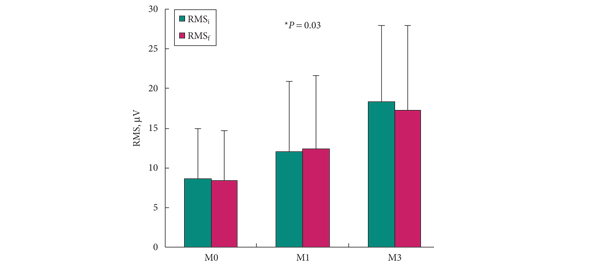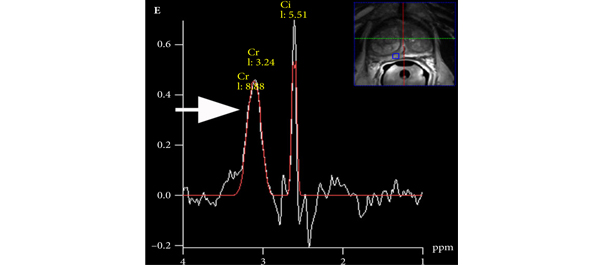Editorial: Fesoterodine is superior to extended-release tolterodine for OAB
The treatment of overactive bladder (OAB) is still based on antimuscarinics, although the recent introduction of β3 agonists and botulinum toxin A has opened a window of new opportunities, the range of which is yet to be defined.
The clinical development of fesoterodine has taken the Urological community by surprise and raised levels of expectation. From a pharmacological standpoint fesoterodine is just a ‘smart drug’ because it is the pro-drug of 5-hydroxymethyl tolterodine (5-HMT) the active metabolite of tolterodine that is metabolised into 5-HMT by cytochrome P450 (CYP) enzymes, the activity of which is known to suffer significant genetic variability. Fesoterodine is transformed into 5-HMT by nonspecific esterase pathways. Pharmacokinetic studies of fesoterodine have shown highly predictable plasma levels of the 5-HMT after fesoterodine administration. Whether or not the better bioavailability offered by the esterase-related activation pathway translates into a larger clinic benefit for our patients with OAB was initially unclear. A phase II study showed a good safety profile and suggested that two different doses of fesoterodine could be proposed with a good balance between efficacy and adverse events. Results of the pivotal phase III study confirmed how the two different doses: 4 and 8 mg, tended to separate with a larger benefit observed with the larger dose, although a slightly larger incidence of adverse events was observed. As long as the comparison between 4 and 8 mg of fesoterodine was not part of the pre-planned analysis, the results of thepost hoc analysis had to be confirmed in a properly design prospective randomised trial.
The assumption that a higher drug dose brings a larger therapeutic effect is very often just wishful thinking and clinical pharmacology has often disproved such a belief. What is instead clear, from the paper of David Ginsberg et al., which pools data from two randomised trials (BJU Int 2010, BJU Int 2011), is that the flexible dosage available with fesoterodine brings a clinically relevant advantage in our daily practice.
The question is whether there is a real need for dose flexibility in the management of OAB. After a couple of decades in this area, I strongly believe that flexible dosing is crucial, in general, and even more so in functional urology. This is in fact an area where storage and voiding function needs to be rebalanced; a too weak or too strong effect may easily lead to a therapeutic failure. Reaching the right balance between therapeutic effect and adverse events is crucial while using antimuscarinics. If 40% of patients who withdraw from anticholinergic medications do so because of insufficient benefit, another large proportion (22%) discontinues treatment because of side-effects.
The question in real-life practice, provided treatment should be initiated with a 4 mg dose because of regulatory issues, is whether the dose should be upgraded and when, should this be left to the individual patient’s decision or should it be guided by the treating physician? There is no ‘golden’ rule and in my opinion is a matter of patient expectations. Most patients expect drugs to cure the conditions they are prescribed for, although we know this is rarely the case. When patients are properly informed about the effect of antimuscarinics treatment they will often choose their goal, some patients will look for reducing OAB symptoms while avoiding dry mouth and constipation as much as possible, others will want to become dry and accept higher levels of adverse events. Furthermore, because of body distribution, different doses of drugs may be required in a 45 kg lady and in a 90 kg man, although this may depend on the drug bioavailability at the target organ. The same applies to patients with normal detrusor contractility and patients with a weak bladder, such as patients with multiple sclerosis. The ‘one dose fits all’ approach does not seem to be the way to go.
The larger therapeutic effect achieved in the 8 mg fesoterodine group is obtained at the expense of almost doubling the incidence of dry mouth (from 15% to 28%), although the increase in the constipation rate is just 1%. Whether or not the observed differential improvement between tolterodine 4 mg and fesoterodine 8 mg is clinically relevant is matter for discussion for the investigators but looking at the parallel improvement in all patients reported outcomes, the difference seems to be of importance from the patient perspective.
The therapeutic area of storage disorders, e.g. OAB, is experiencing a number of paradigm changes, including the availability of flexible dosing of antimuscarinics, β3 agonists and botulinum toxin A. What once used to be a neglected area of functional urology is now an exciting area of basic and clinical research.
Andrea Tubaro and Cosimo De Nunzio*
Urology Unit, Department of Clinical and Molecular Medicine, Faculty of Health Sciences, Sapienza University, and *Urology Unit, Sant’Andrea Hospital, Rome, Italy


